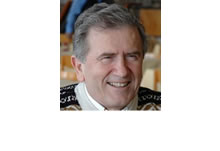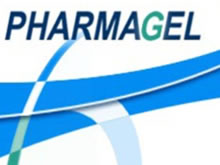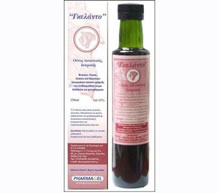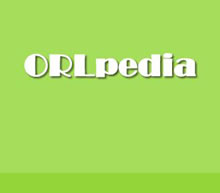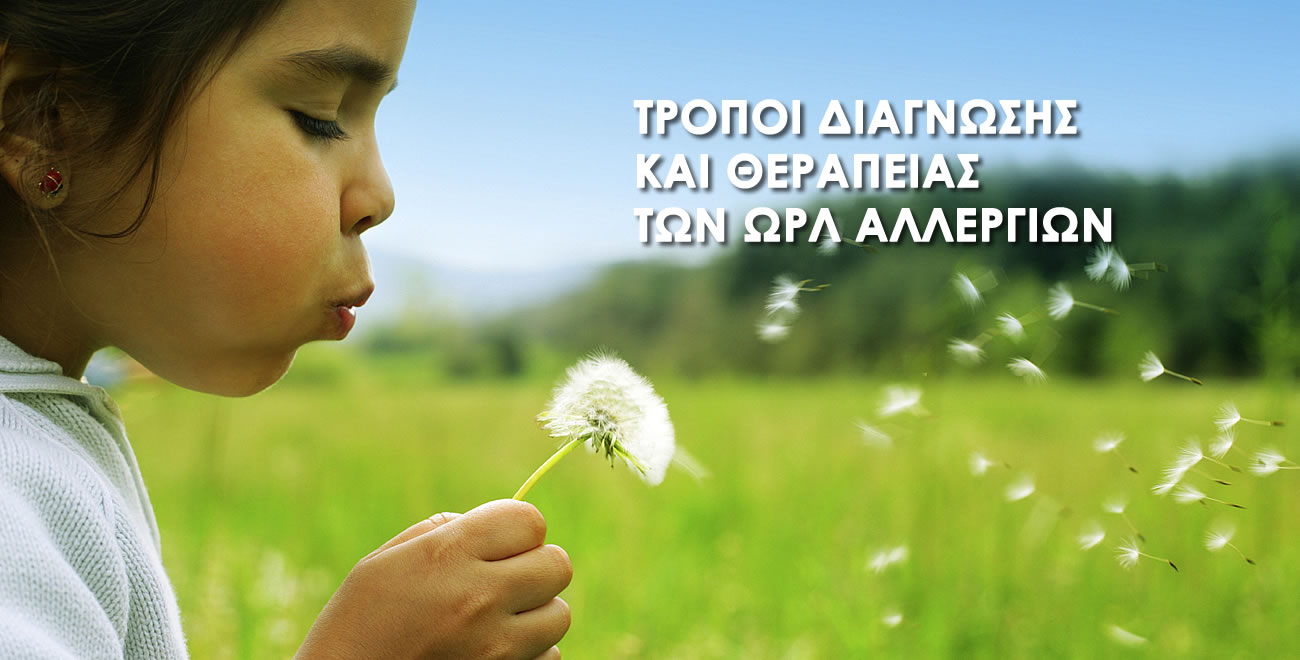
Λεξικό .. Alcohol
Alcohol has been reported to play a role in 38% of subjects showing false food allergy. Symptoms may be stimulated by more than one mode of action. A potent histamine releaser is the aldehyde of ethanol. Some white or red wines are rich in histamine. Some grapes contain great quantities of benzoates. Some drinks including some aperitifs may contain certain preservatives or quinine. Wines contain metasulfite, which may lead not only to rhinitis but also to anaphylaxis. Alcohol may cause allergic responses which are usually immediate and more commonly induces upper respiratory tract and eye symptoms. The cause remains obscure. Alcohol IC beverages (particularly in excess) usually induce worsening of the eczema on the day after ingestion. Reactions can be to alcohol, yeast or many additives[1].Lung mucociliary clearance provides the first line of defense from lung infections and is impaired in individuals who consume heavy amounts of alcohol. Previous studies have demonstrated that this alcohol-induced ciliary dysfunction occurs through impairment of nitric oxide (NO) and cyclic nucleotide-dependent kinase-signaling pathways in lung airway ciliated epithelial cells. Recent studies have established that all key elements of this alcohol-driven signaling pathway co-localize to the apical surface of the ciliated cells with the basal bodies. Alcohol rapidly and sequentially activates the eNOS-->NO-->GC-->cGMP-->PKG and sAC-->cAMP--> PKA dual signaling pathways in isolated airway axonemes. These findings indicate a direct effect of alcohol on airway cilia organelle function and fully recapitulate the alcohol-driven activation of cilia known to exist in vivo and in intact lung ciliated cells in vitro following brief moderate alcohol exposure. Furthermore, these findings indicate that airway cilia are exquisitely sensitive to the effects of alcohol and substantiate a key role for alcohol in the alterations of mucociliary clearance associated with even low levels of alcohol intake. We speculate that this same axoneme-based alcohol activation pathway is down regulated following long-term high alcohol exposure and that the isolated axoneme preparation provides an excellent model for studying the mechanism of alcohol-mediated cilia dysfunction[2].
References
1. Brown, H.M.: The Allergy and Asthma Reference Book. Harper and Row, Publ. London. 1985:122-123.Moneret - Vautrin, D.A.: False food alleries: nonspecific reactions to food stuffs: In: Lessoff M.H., ed. Clinical reactions to food. London: John Wiley and Sons. 1983;135-54.
2. Sisson JH, Pavlik JA, Wyatt TA. Alcohol stimulates ciliary motility of isolated airway axonemes through a nitric oxide, cyclase, and cyclic nucleotide-dependent kinase mechanism. Alcohol Clin Exp Res. 2009 Apr;33(4):610-6. Epub 2009 Jan 12.
Γκέλης Ν.Δ. - Λεξικό Αλλεργίας - Εκδόσεις ΒΕΛΛΕΡOΦΟΝΤΗΣ - Κόρινθος 2013
Gelis Ν.D. - Dictionary of Allergies - VELLEROFONTIS Publications - Corinth 2013

